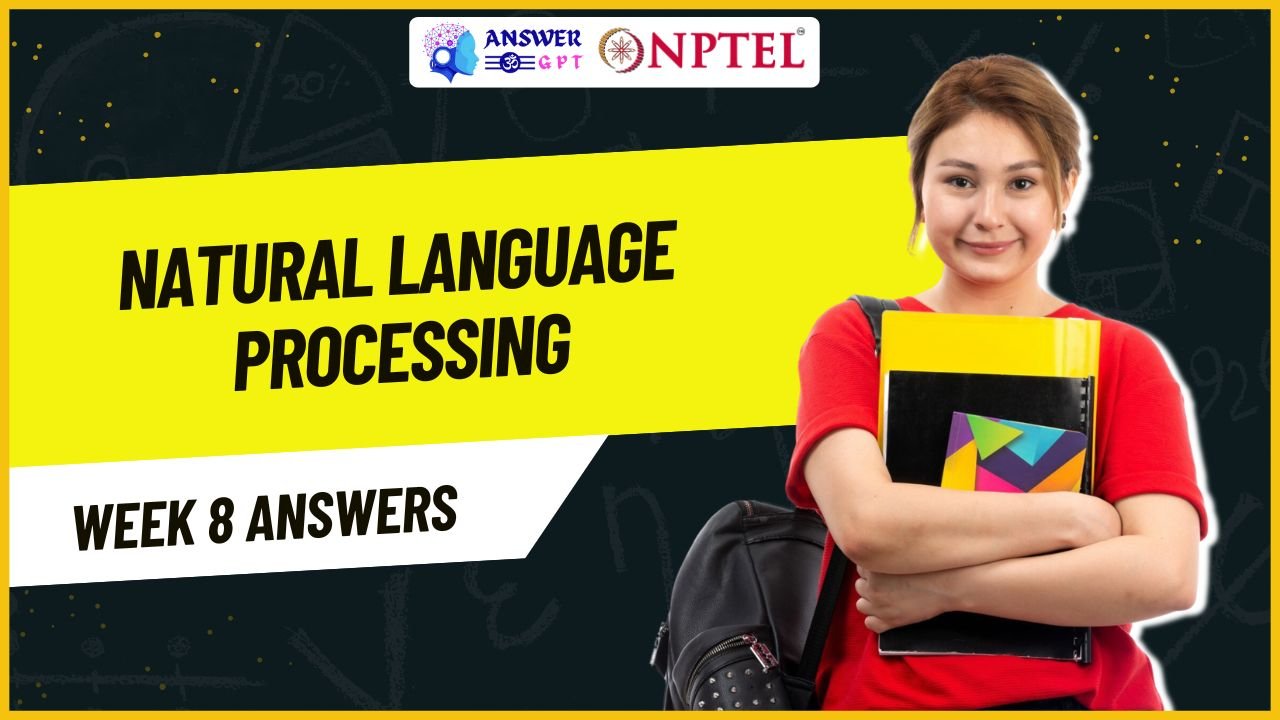Introduction To Internet Of Things Week 8 NPTEL Assignment Answers 2025
NPTEL Introduction To Internet Of Things Week 8 Assignment Answers 2024
1. Which of these is used for efficient base-station coordination for addressing inter-cell interference?
- a. Path management
- b. Routing protocols
- c. Flow-table paradigm
- d. Logically centralized control ✅
Explanation:
Logically centralized control in software-defined networks allows better coordination between base stations to manage inter-cell interference effectively by using a global view of the network.
2. Which of these takes last k-th location instances to predict the next location in Mobi-Flow?
- a. Order-K Markov predictor ✅
- b. Flow-rule placement
- c. All of these
- d. None of these
Explanation:
The Order-K Markov predictor uses the last ‘k’ instances of a user’s location to predict the next move, which improves mobility prediction in Mobi-Flow systems.
3. What are the two components of ODIN?
- a. Odin server and agent
- b. Odin server and client
- c. Odin agent and master ✅
- d. None of these
Explanation:
ODIN architecture comprises the ODIN master (controller) and ODIN agent (running on APs) that allow centralized control and client management in a wireless SDN.
4. Which of the following is placed to deal with mice-flows?
- a. Flow rules
- b. Exact rules
- c. Match rules
- d. Wild card rules ✅
Explanation:
Mice-flows (short-lived, low-volume flows) are typically handled with wildcard rules in SDN to reduce rule explosion and maintain efficiency.
5. _______ refers to heterogeneous computing nodes distributed over a wide area to perform very large tasks.
- a. Cluster Computing
- b. Utility Computing
- c. Grid Computing ✅
- d. None of these
Explanation:
Grid Computing uses a network of distributed, heterogeneous systems to perform large-scale processing tasks, often used in research and simulations.
6. Which of the following is a property of cloud computing?
- a. On-demand network access
- b. High level generalization of computation
- c. On-demand services
- d. All of these ✅
Explanation:
Cloud computing offers features like on-demand service, resource pooling, and generalized access to computational resources over a network.
7. Which of the following statements are true about the different types of cloud?
Statement I: Inter-cloud is a global cloud of clouds.
Statement II: Volunteer cloud is a type of distributed cloud.
Statement III: Public cloud has low security.
- a. Statements I and II
- b. Statements I and III
- c. Statements II and III
- d. Statement I, II and III ✅
Explanation:
All three statements correctly describe aspects of different cloud types. Inter-cloud links multiple clouds, volunteer cloud relies on public resources, and public clouds are considered less secure due to shared infrastructure.
8. _______ means independent of device or location.
- a. Scalable
- b. Reliability
- c. Agile
- d. Ubiquitous ✅
Explanation:
Ubiquitous access means services are available regardless of device or location, one of the key benefits of cloud computing.
9. _______ represents the on-demand delivery of computing infrastructure in the cloud.
- a. Software-as-a-Service
- b. Storage-as-a-Service
- c. Network-as-a-Service
- d. Infrastructure-as-a-Service ✅
Explanation:
Infrastructure-as-a-Service (IaaS) provides virtualized computing resources over the internet like VMs, storage, and networks.
10. Fill in the blank. Hybrid cloud is a blend of ___________ cloud.
- a. Public and private ✅
- b. SaaS and PaaS
- c. All of these
- d. None of these
Explanation:
A Hybrid cloud combines the features of private and public clouds, offering both security and scalability.
11. Software-as-a-Service does not support a fully pay-as-you-go model.
- a. True
- b. False ✅
Explanation:
SaaS usually supports a pay-as-you-go model, allowing users to pay only for what they use without upfront hardware or software investments.
12. Which of the following describes the quality of services expected by the customer?
- a. Mass production
- b. Internet evolution
- c. Automation
- d. Service Level Agreement ✅
Explanation:
Service Level Agreements (SLAs) define the expected service quality and performance agreed upon between provider and customer.
13. Which of the following are the accesses enabled by the access control layers in the cloud?
- a. Service access
- b. Server access
- c. Database access
- d. All of these ✅
Explanation:
Access control layers manage various levels of access in the cloud environment, including services, databases, and servers.
14. Reputation refers to the belief of an entity’s standing by the community.
- a. True ✅
- b. False
Explanation:
Reputation in the cloud refers to how trustworthy or reliable an entity (user, system, or provider) is, based on past actions and peer evaluations.
15. Which of the following is true about GreenCloud?
- a. GreenCloud monitors the energy consumption of servers, switches, etc.
- b. GreenCloud was developed as an extension of NS2.
- c. All of these ✅
- d. None of these
Explanation:
GreenCloud is an energy-aware cloud simulator built on NS2, used to evaluate energy consumption and efficiency in data centers.

![[Week 1-12] NPTEL Introduction To Internet Of Things Assignment Answers 2025](https://answergpt.in/wp-content/uploads/2025/01/Introduction-To-Internet-Of-Things-2025.jpg)

![[Week 1-12] NPTEL Introduction To Internet Of Things Assignment Answers 2024](https://answergpt.in/wp-content/uploads/2024/01/Introduction-To-Internet-Of-Things-scaled.jpg)


